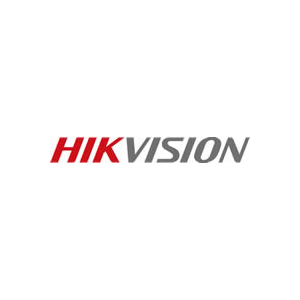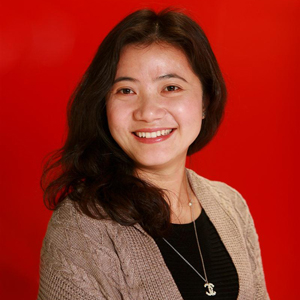Hikvision has been in the news in the United Kingdom recently, including a front page news story in The Times. SourceSecurity.com offered Keen Yao, Vice President at Hikvision’s International Business Centre, a chance to set the record straight regarding concerns expressed about hacking of cameras, the company’s ties to the Chinese state, and its role as the biggest video surveillance equipment manufacturer in the world.
Hikvision has come a long way in the past few years. Since it was established in 2001, it has become a dominant force in the global video surveillance market, with annual revenues for 2015 standing at around $3.75 billion. Now in 2016, it has a market capitalisation of more than $20 billion, employs over 18,000 people and has 40 wholly-owned subsidiaries or shareholdings companies worldwide. In mainland China alone, Hikvision partners with more than 40,000 distributors, system integrators and installers.
According to research data from IHS Markit, Hikvision accounted for an almost 20% share of the global video surveillance market in 2015, up from just 4.6% in 2010. And its success is not limited to Asia – the company is ranked number one in the EMEA region with a 12.2% market share, and second in the Americas with 7.3% share.
Security concerns voiced
It is perhaps this spectacular growth that has fuelled some of the claims and concerns about the company, most recently in the UK in a front-page article in The Times. While highlighting the company’s success – in the UK it has sold more than a million cameras and recorders installed at sites such as government buildings, airports and sports stadiums – the article questioned whether there is sufficient oversight of the security implications of foreign involvement in critical infrastructure. The concerns were raised in the wake of British Prime Minister Theresa May’s delayed approval of the Hinkley Point nuclear power plant, which is to be financed in part by China.
"The recent Times report |
The article also questioned the ownership of Hikvision and its links to the government, claiming that the Chinese state holds a “controlling 42% stake” in the company.
I asked Yao about their ownership structure: “The ownership structure of Hikvision, like many global, independent, publicly traded companies, is complex, and includes a diverse set of private and public shareholders.”
According to Hikvision, 42% of the company’s shares are owned by China Electronics Technology HIK Group (CETHIK) and CETC No. 52 Research Institute; both are part of CETC, a state-owned enterprise. Just over 18% is privately owned by a Hong Kong businessman, 8.5% is owned by the company’s founders and executives, and the remaining 31% is owned by A-shares investors, including international institutional investors such as UBS and JP Morgan.
“The recent Times report included many inaccuracies about Hikvision and video surveillance technology in general. Hikvision is a global, independent, publicly traded company. It is not ‘controlled by the Chinese government’,” noted Yao.
Cybersecurity vulnerabilities?
The Times article also suggested that the company’s cameras could be hacked by Chinese government agents.
Yao said cybersecurity vulnerability is a concern for all manufacturers, including Hikvision, which has “industry-leading cybersecurity best practices.” The company has an established network and information security lab, which is responsible for setting security standards, performing security evaluations and testing, and responding to security issues. It has also partnered with several security data and analytics companies to perform penetration tests and vulnerability assessments of its products.
“Hikvision does not provide access to any government for unlawful surveillance through our equipment and is committed to maintaining the highest privacy standards,” said Yao.
“We need to move away from outdated Cold War stereotypes and concentrate on solving the serious problems our global society faces today,” said Yao. “The real threat to the law-abiding citizens in the UK and elsewhere is terrorism and criminal activity.”
"We need to move away from |
R&D commitment
Hikvision’s commitment to technology is apparent in its R&D team of over 7,100 engineers. Hikvision says its significant R&D investment has led to notable advances in video image processing, video and audio codec, video content analysis, streaming media network transmission and control, video and audio data storage, cloud computing, big data, deep learning, video structuralisation and others innovations.
“Hikvision has achieved a competitive advantage in both technology and cost by establishing a systematic technology and product platform that enhances the product development efficiency,” said Yao. Meanwhile, Hikvision has established partnerships with world technology leaders including Intel.
Commenting on the market research findings during IFSEC 2016 in London earlier this year, Cynthia Ho, Vice President at Hikvision said: "We are delighted to see Hikvision's rankings in the CCTV and video surveillance equipment sector increase once again on the previous year’s figures. This is thanks to our team’s hard work and the company’s continuous R&D innovation.”
“Hikvision is dedicated to advancing the convergence of technologies, and the development of complete end-to-end security solutions, as was illustrated with the launch of many new product ranges and technologies at IFSEC 2016,” said Ho. Just a sample of these included PanoVu, Turbo HD 3.0 and a high-performance thermal camera range, as well as products with intelligent analytics for use within retail, transportation and building management applications.












































